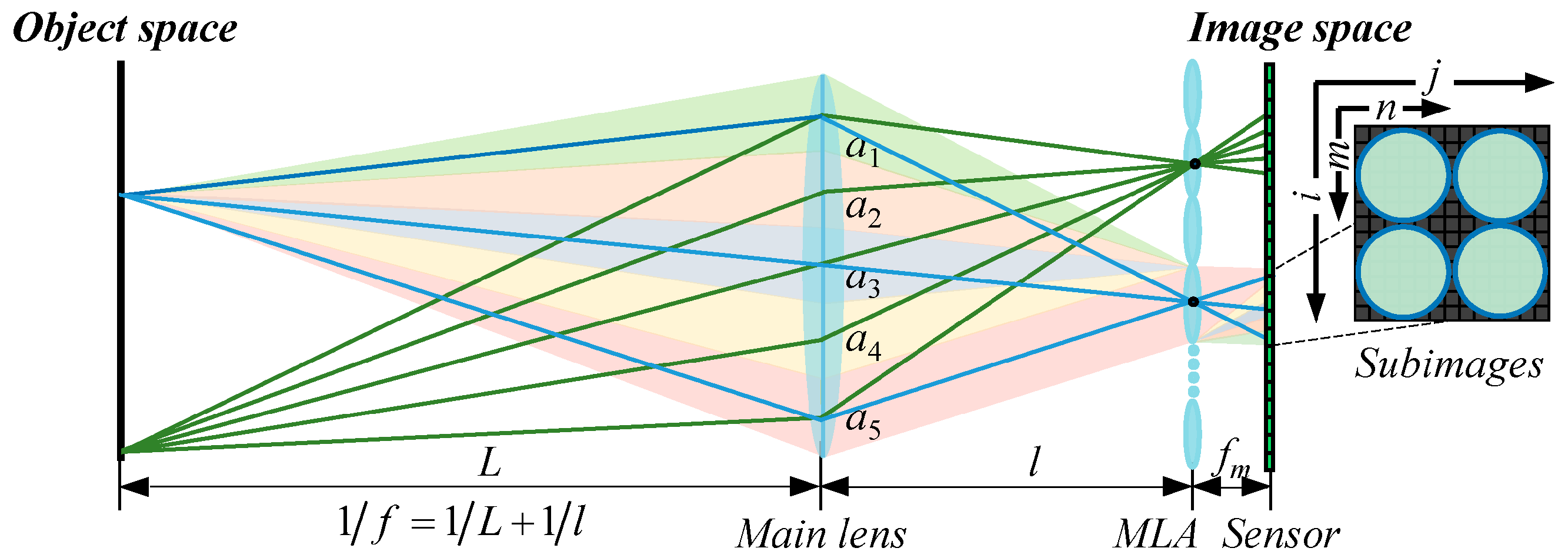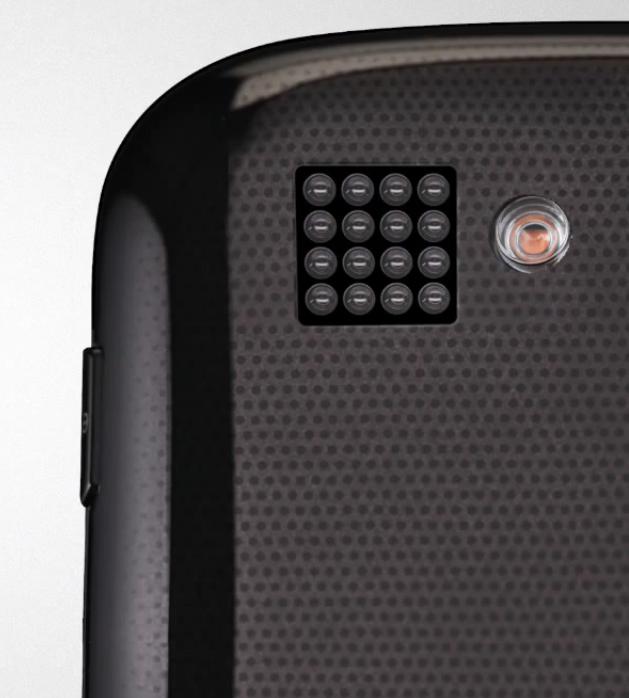

The cookie is used to store the user consent for the cookies in the category "Performance". This cookie is set by GDPR Cookie Consent plugin. The cookies is used to store the user consent for the cookies in the category "Necessary". The cookie is used to store the user consent for the cookies in the category "Other. The cookie is set by GDPR cookie consent to record the user consent for the cookies in the category "Functional". The cookie is used to store the user consent for the cookies in the category "Analytics".

These cookies ensure basic functionalities and security features of the website, anonymously. Necessary cookies are absolutely essential for the website to function properly. The research will be supported by an extensive training program consisting of training schools, workshops, and webinars.


The ESRs will contribute through their individual research projects to following work packages: Wetzstein et al./Computational Plenoptic Imaging and Branzoi NB03, this Adaptive Dynamic Range Imaging approach only allows lower spatial frequencies in the image to be modulated. The ultimate goal of PLENOPTIMA is to establish new cross-sectorial, international, multi-university sustainable doctoral degree programmes in the area of plenoptic imaging and to train the first fifteen next generation researchers and creative professionals within these programmes for the benefit of a variety of application sectors.Īll 15 early stage researchers (ESRs) founded by the project will be registered in Joint/Double degree doctoral programmes at academic institutions in Bulgaria, Finland, France, Germany and Sweden. With this aim, PLENOPTIMA joins five of the strongest research groups in nanophotonics, imaging and machine learning in Europe with twelve innovative companies, research institutes, and a pre-competitive business ecosystem developing and marketing plenoptic imaging devices and services. As a result, only a single pixel in the final image is rendered from each microlens. The design of traditional plenoptic cameras assumes that each microlens image is completely defocused with respect to the image created by the main camera lens.
#Plenoptic imaging full#
Our results represent the theoretical and experimental basis for the effective development of promising applications of plenoptic imaging.Plenoptic Imaging (PLENOPTIMA) is a four-year (2021–2024) H2020 Marie Sklodowska-Curie Innovative Training Network that develops a cross-disciplinary approach to plenoptic imaging, which includes new optical materials and sensing principles, signal processing methods, new computing architectures, and vision science modelling. Plenoptic cameras, constructed with internal microlens arrays, capture both spatial and angular information, i.e., the full 4-D radiance, of a scene. Namely, we demonstrate maintaining the imaging resolution at the diffraction limit while increasing the depth of field by a factor of 7. In this Letter, we demonstrate that correlation measurements enable pushing plenoptic imaging to its fundamental limits of both resolution and DOF. However, the improvement offered by standard plenoptic imaging is practical and not fundamental: The increased DOF leads to a proportional reduction of the resolution well above the diffraction limit imposed by the lens NA. To this aim, plenoptic imaging reconstructs the path of light rays from the lens to the sensor. Plenoptic imaging was introduced a few years ago to remedy this trade-off. To increase resolution, high numerical apertures (NAs) are needed, but the associated large angular uncertainty results in a limited range of depths that can be put in sharp focus. Traditional optical imaging faces an unavoidable trade-off between resolution and depth of field (DOF). Plenoptic imaging is a promising optical modality that simultaneously captures the location and the propagation direction of light in order to enable.


 0 kommentar(er)
0 kommentar(er)
